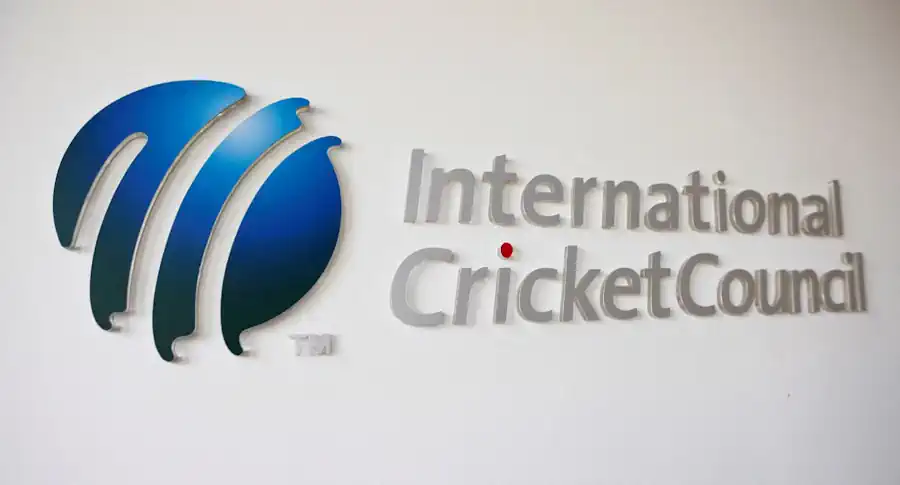
The International Cricket Council (ICC) has introduced a series of new playing conditions across all formats of international cricket, marking significant changes in gameplay mechanics, safety protocols, and on-field discipline. These changes, recommended by the ICC Men’s Cricket Committee chaired by Sourav Ganguly, are aimed at refining the sport’s fairness, pace, and player welfare.
Among the headline updates is the expansion of the stop clock rule to Test matches, where fielding teams must be ready to deliver the next over within 60 seconds. After two warnings, a third delay in an innings will result in a five-run penalty. These warnings reset after every block of 80 overs, aligning with the availability of a new ball.
In One Day Internationals, the use of two new balls for the first 34 overs continues, but a shift in protocol means only one ball—chosen by the fielding side—will be used for the final 16 overs. This marks a return to the one-ball finish seen in earlier ODI formats and is expected to influence reverse swing and spin conditions late in the innings.
Boundary catches will now follow a clarified and stricter interpretation. A fielder making airborne contact with the ball beyond the boundary must return and land fully inside the field of play before completing a legal catch. If the ball is touched a second time while airborne outside the boundary, the fielder must again land completely inside the boundary to complete the action—even if the catch is finished by another teammate.
The Decision Review System (DRS) has also been updated. The wicket zone now reflects the actual outline of the stumps and bails, providing a more realistic representation during LBW reviews.
In a move to deter strategic manipulation, teams committing a deliberate short run will now not only face the standard five-run penalty but will also allow the fielding captain to choose which batter faces the next delivery.
Concussion protocols have been tightened, with teams now required to nominate designated concussion substitutes before the start of play. Furthermore, any player diagnosed with a concussion must undergo a mandatory seven-day stand-down period, as recommended by the ICC Medical Advisory Committee to prioritize player safety.
The ICC has also approved two trials to be conducted by Full Member boards from October 2025 for an initial six-month period:
Wide Ball Rule Trial in ODIs and T20Is: To accommodate batter movement, wides will now be judged based on the batter’s position at the time of delivery. If the batter moves across the stumps and the delivery passes between the leg stump and an extended protected area marker at the popping crease, it may not be called a wide. Umpires will use the extended line as a visual guide.
Replacement Player Protocol in Domestic First-Class Cricket: Teams may now replace players who suffer serious injuries, even if the injury occurs during pre-match warm-ups. The replacement must be like-for-like and fully participate for the remainder of the match.
The updated playing conditions came into effect with the opening match of the World Test Championship cycle on June 17, featuring Sri Lanka and Bangladesh. Changes for ODIs and T20Is will come into force starting with the first ODI of the same series on July 2, followed by T20Is from July 10. All international matches following these dates will be played under the revised conditions.

